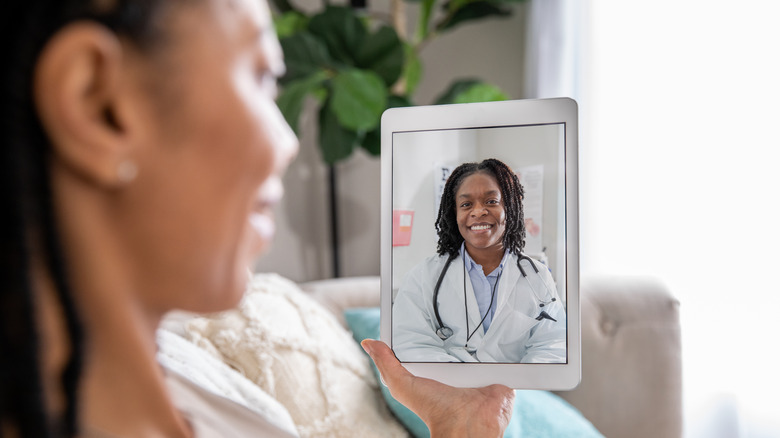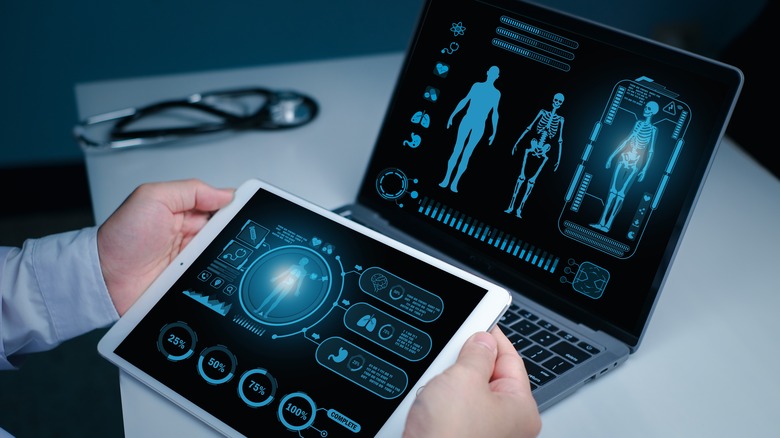Get Ready To Witness An Exciting New World Of Virtual Hospitals In 2024
Technology has long been revolutionizing the healthcare industry. In recent years, the emergence of virtual hospital wards has been on the rise worldwide. According to a research article published by McKinsey & Company, in 2021, Australia's Royal Prince Alfred Virtual Hospital saw over 13,000 patients within six months, with 86% of them reviewing the experience favorably. Alternatively, in September 2023, findings were published from a report commissioned by NHS England evaluating a chronic obstructive pulmonary disease (COPD) virtual ward managed by South and West Hertfordshire Health and Care Partnership Virtual Hospital. The report showed the virtual ward to be both cost-effective and beneficial to patient care, including reducing patient readmission numbers. The National Health Service (NHS) has continued to work towards expanding virtual hospital care in 2024.
Hospital facilities in the U.S. have also continued to excel in their technological advancements. Mayo Clinic, Cleveland Clinic, and Mount Sinai were ranked amongst Newsweek's list of World's Best Smart Hospitals of 2024. If you're unfamiliar with virtual hospitals, here's what they offer.
How virtual hospitals are able to provide patient care
Experts point out that one of the most significant benefits of virtual hospital care is that it saves space in hospital facilities, making more beds available for patients seeking in-person care. Rather than going to the emergency room for non-emergency care, patients admitted to virtual hospitals can be digitally diagnosed, treated through at-home visits, and monitored daily, all from the comfort of their own home.
In their research article, McKinsey & Company illustrated an example of a woman in her mid-80s who was experiencing leg inflammation and difficulty getting around. She was approved for virtual hospital care after uploading pictures of her leg and relevant health information to the virtual hospital system. A doctor diagnosed the condition, developed a treatment plan, and support staff helped coordinate regular in-home visits for administering medications, drawing blood, physical therapy, imaging scans, and setting up medical equipment, which included virtual monitoring and communication devices.
As we enter 2024, the expansion of IoT medical devices in virtual hospital care also seems to be well underway — a technological trend that Forbes has deemed "telemedicine 2.0."
What are IoT devices?
As an abbreviation for the Internet of Things, IoT medical devices can be worn by patients receiving virtual hospital care and provide physicians with more in-depth healthcare data, reports Insider Intelligence. Such data includes measurements of patient blood sugar levels, blood pressure, and heart rate. The IoT can be implemented in more ways than just through wearable gadgets, though. It has also led to the development of smart beds and smart medication dispensers. These technologically advanced beds can sense and automatically reposition a patient, while smart medication dispensers can notify healthcare providers in real time if a patient hasn't taken their prescription at the proper time or in the correct amounts.
IoT technology began to slowly take hold over the last few years and looks to be ramping up for 2024. It is estimated that mobile connectivity to the IoT will be more than twice what it is now by 2026. By 2028, the technology's worth is projected to more than quadruple from what it was in 2020.



